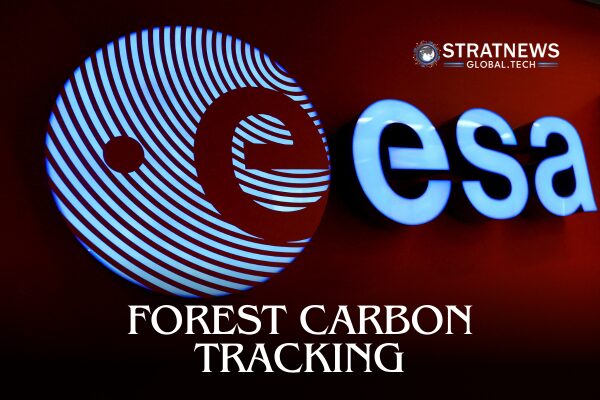ESA’s Biomass Satellite Sends First Images to Map Forest Carbon
The European Space Agency’s (ESA) Biomass satellite has started delivering its first images to help measure carbon stored in Earth’s forests.
Less than two months into its mission, the satellite is using special radar to look through forest canopies and measure woody biomass. This measurement helps scientists understand how much carbon is stored in forests worldwide.
Tracking Forests with Advanced Radar
Images released on 26 June include views of Bolivia, showing rainforests, wetlands, forested floodplains, and the winding Beni River. ESA explained that the images use colour to separate landscape elements. Green hues show rainforest areas, red hues highlight wetlands and floodplains, blue to purple tones represent grasslands, and black shows rivers and lakes.
The ESA Biomass satellite radar can see through dense forests, providing data beyond what visible light can capture. This allows scientists to study forests even in cloudy conditions and thick canopies.
Beyond Forests: Mapping Global Landscapes
The satellite’s radar capabilities extend beyond forests. It can capture geological features in the Sahara Desert and icy formations in Antarctica, providing valuable data for climate studies.
By using radar to measure woody biomass, ESA can track changes in carbon stored in forests, which is key for monitoring climate change impacts. These measurements will help scientists and policymakers understand how forests contribute to carbon storage and climate stability.
A New Step for Climate Monitoring
ESA Director of Earth Observation Programmes Simonetta Cheli expressed confidence in the mission. “Looking at these first images, it’s clear to see that our Earth Explorer Biomass satellite is set to deliver on its promise,” she said in a statement.
The Biomass satellite will continue capturing data over the coming years, helping scientists map forest carbon storage and monitor changes that affect the planet’s climate.
with inputs from Reuters


